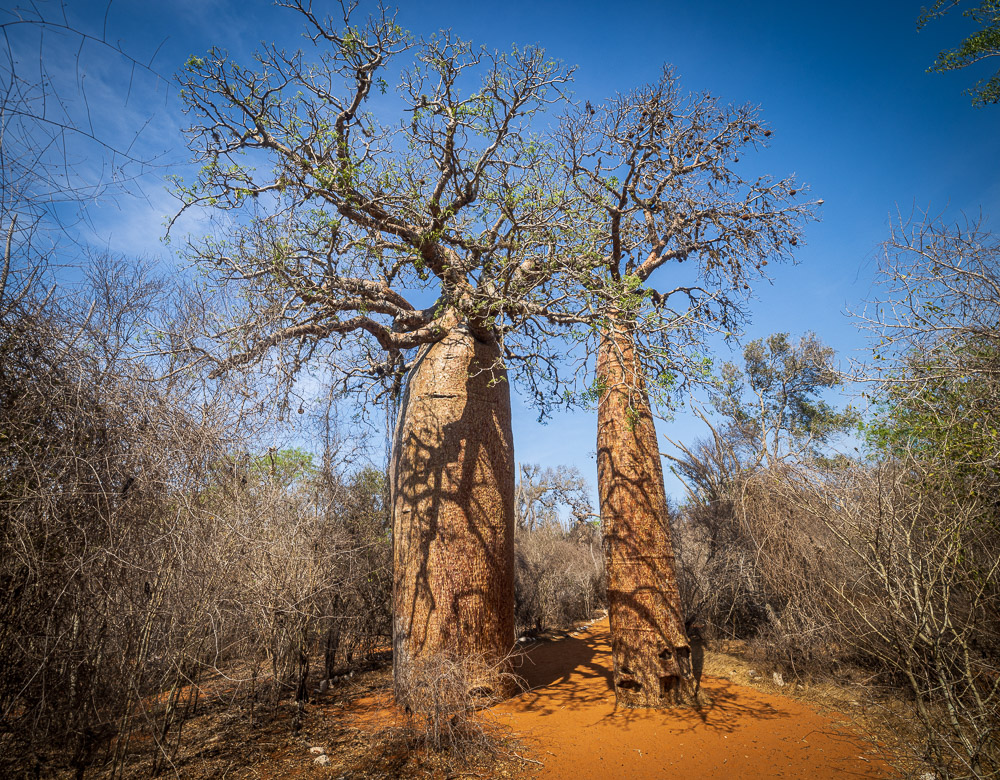
The baobab is a prehistoric species. It predates the breakup of the continents that took place more than 200 million years ago, which explains while they can be found in both Africa and Australia as well as in Madagascar. They can live up to 5,000 years (!), reach up to 30 metres in height and the circumference can be up to 50 metres. All of these figures are quite mind-boggling, aren’t they?
The live where it is dry and arid, and the southwest part of Madagascar fits that description well. During the rainy season the baobabs absorb and store water in its vast trunk. This enables them in the dry season to produce a fruit that is very reach in nutrients, when the surrounding landscape is dry and arid. They are therefore known as the Tree of Life.
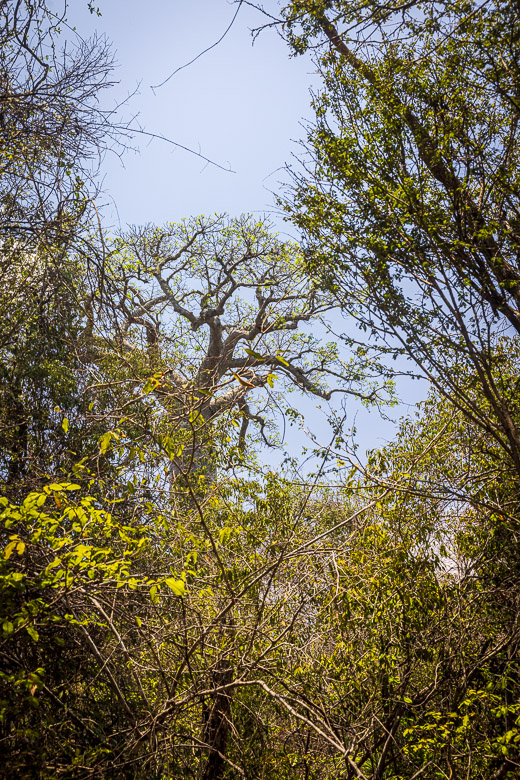
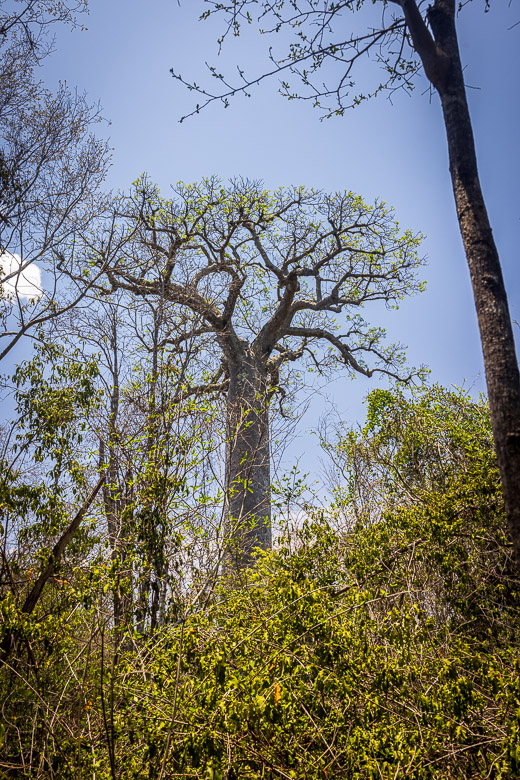
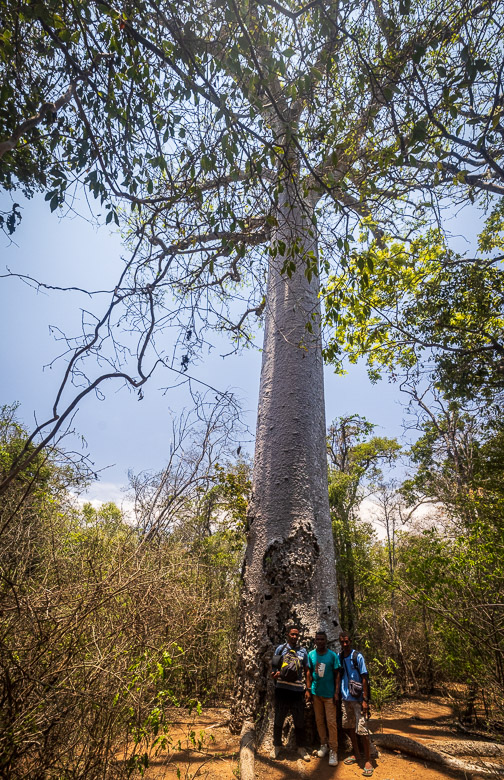
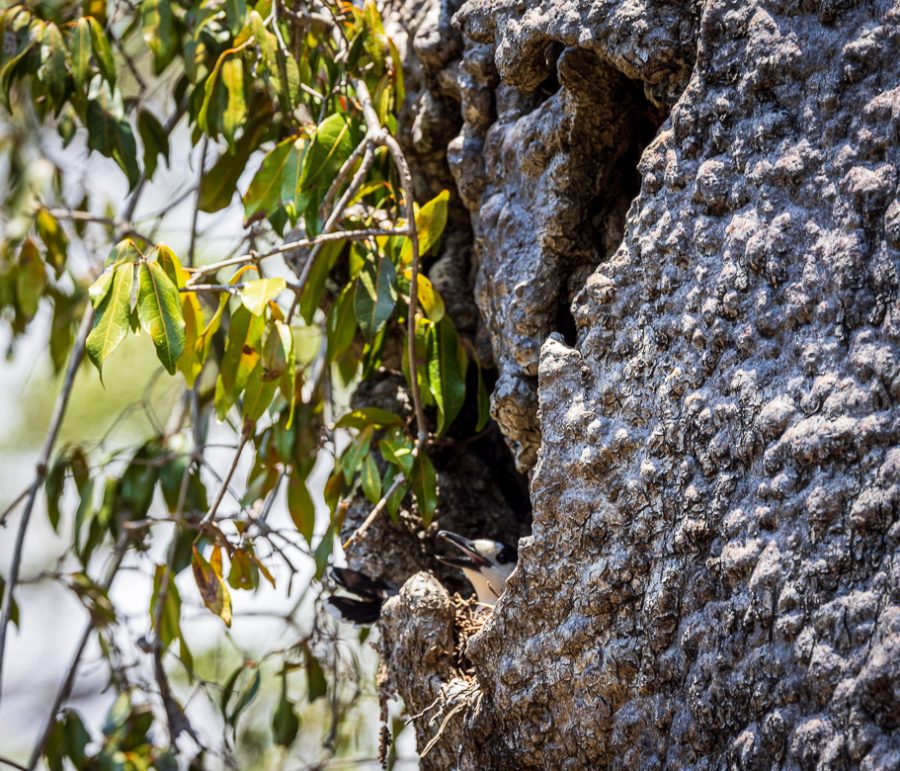
The trees have really no branches along the trunk, only a few of them at the top. They are for that reason often called the “upside down tree”. It looks like they are planted with the roots at the top of the tree. And the natives can tell you that when the world was young, the baobabs were upright and proud. But the gods became angry at the proud baobabs and uprooted them and thrusted them back into the ground with the roots upwards.
And they certainly look very funny, but they provide shelter, food and water for both animals and humans and settlements have often grown up near ancient baobab trees.
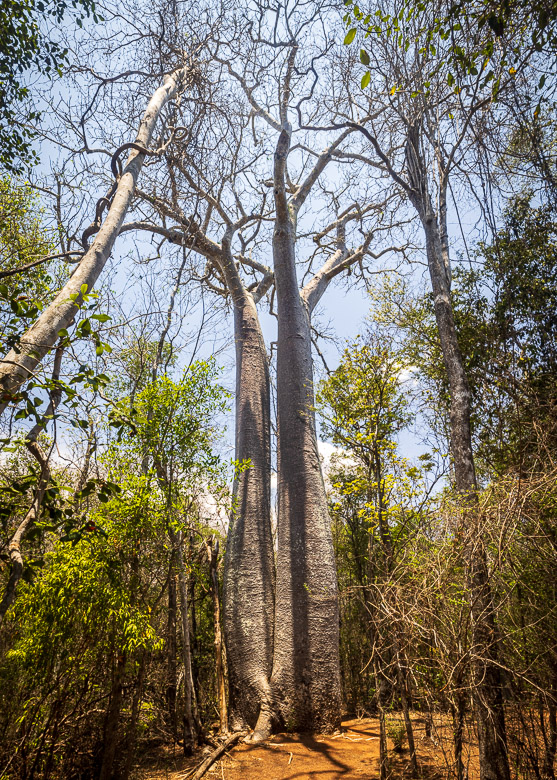
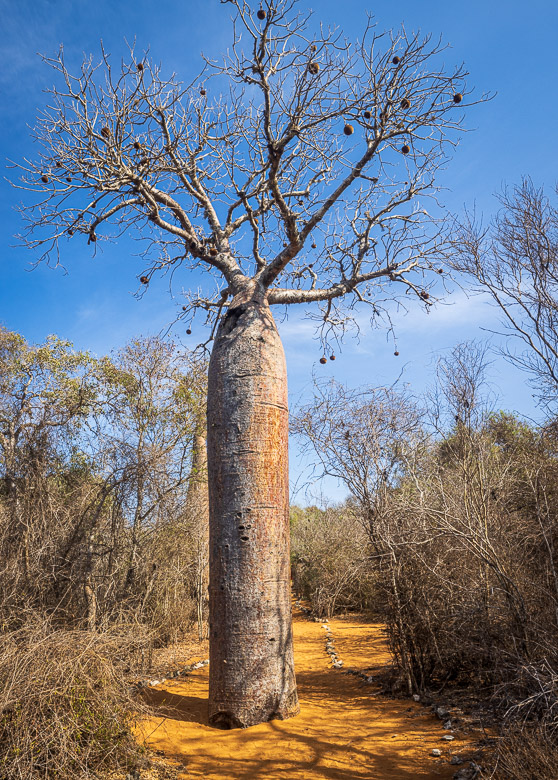
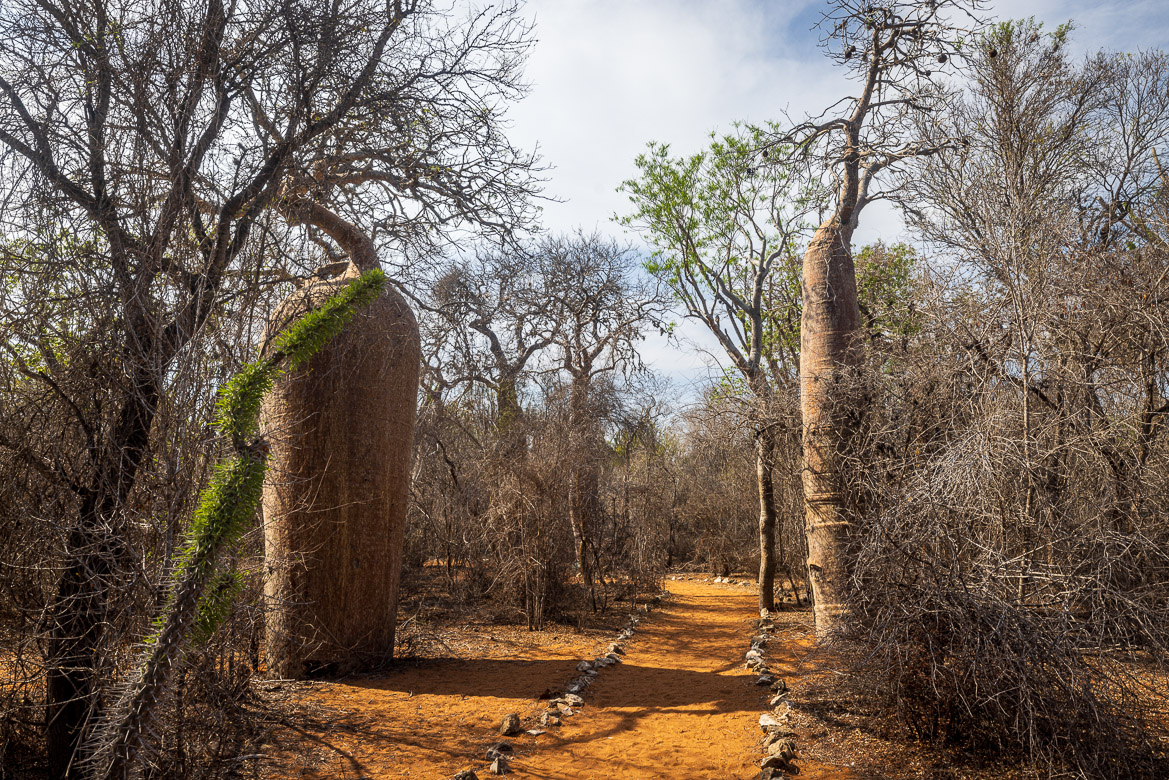
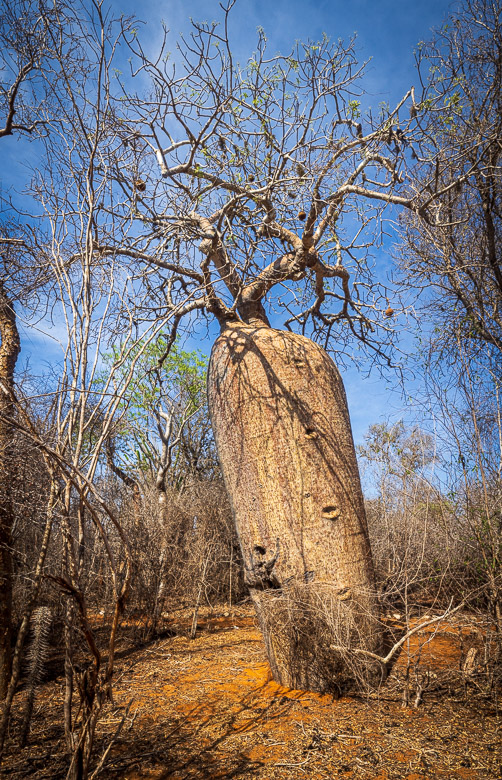
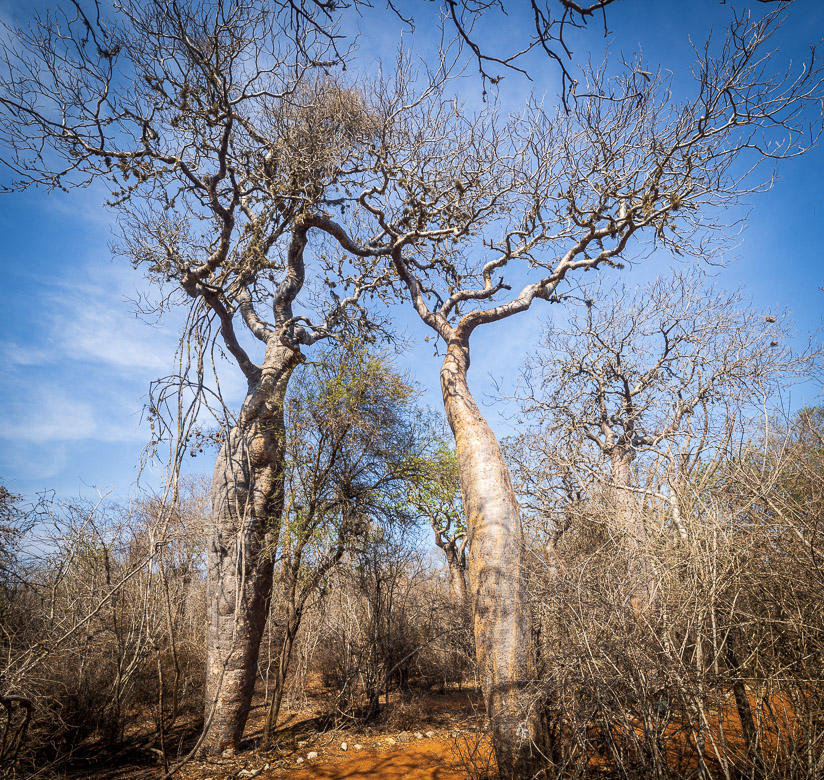
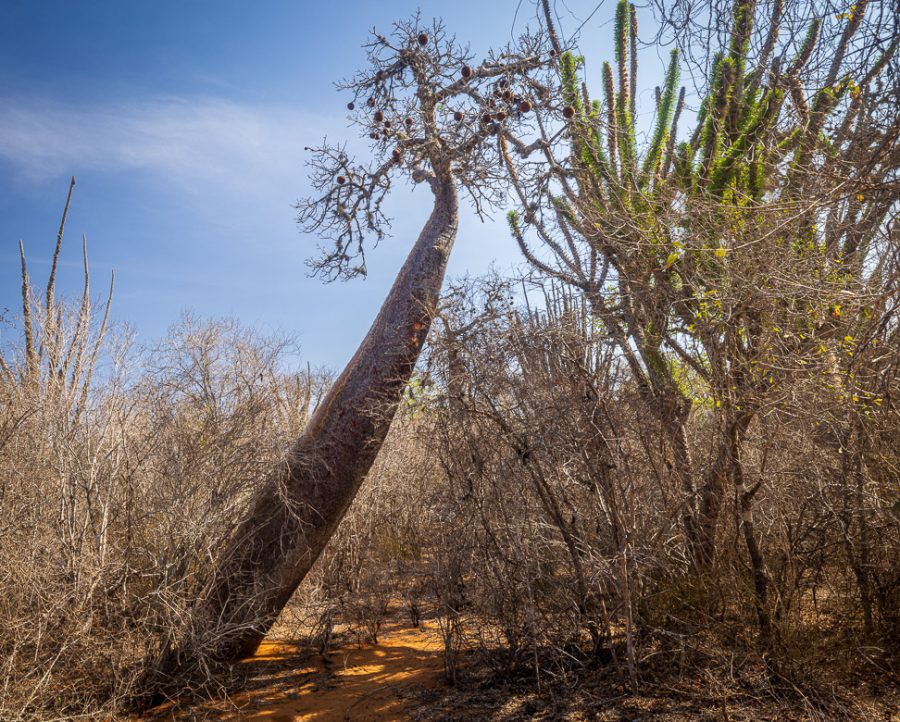
We saw baobab trees here and there on our travels across Madagascar, and not far from Toliara there was a large amount of them growing. I had a chance to walk in a little park created around a vast amount of baobabs, many of them between 500 and a thousand years old. I have collected some of my photos of baobabs from different places in Madagascar, and publish them in this post here.
Most of the baobabs had sheared their leaves, as the rain hadn’t started yet, and you can see the fruit still hanging from the crowns. The fruit is one of the most nutrient-dense foods in the world.
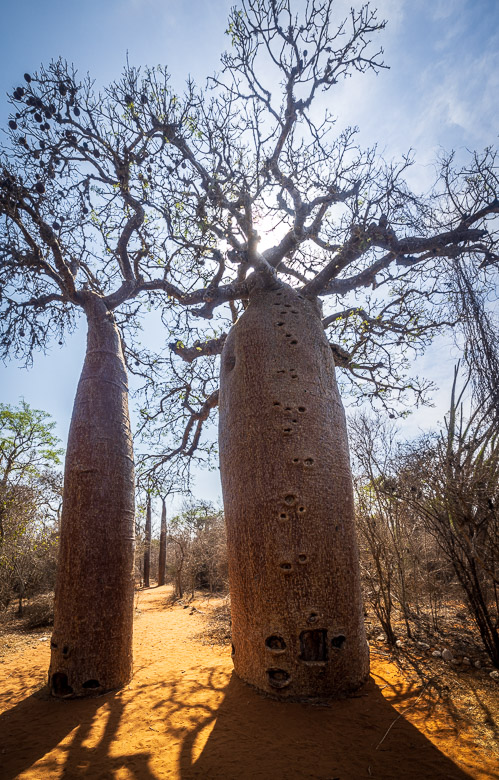
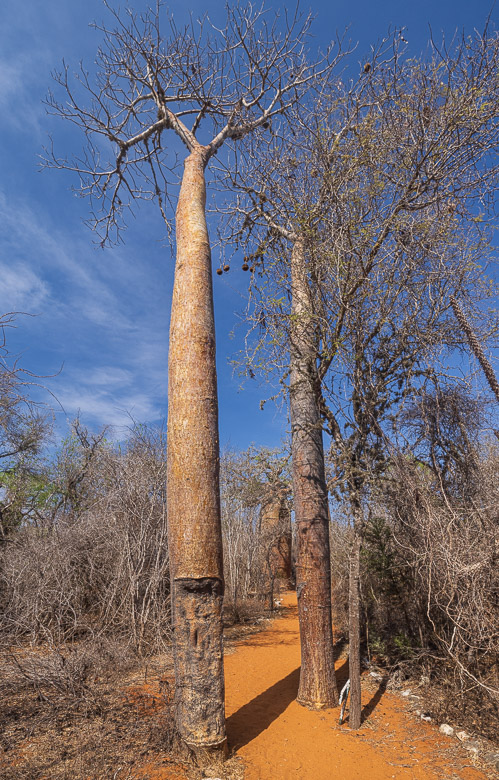
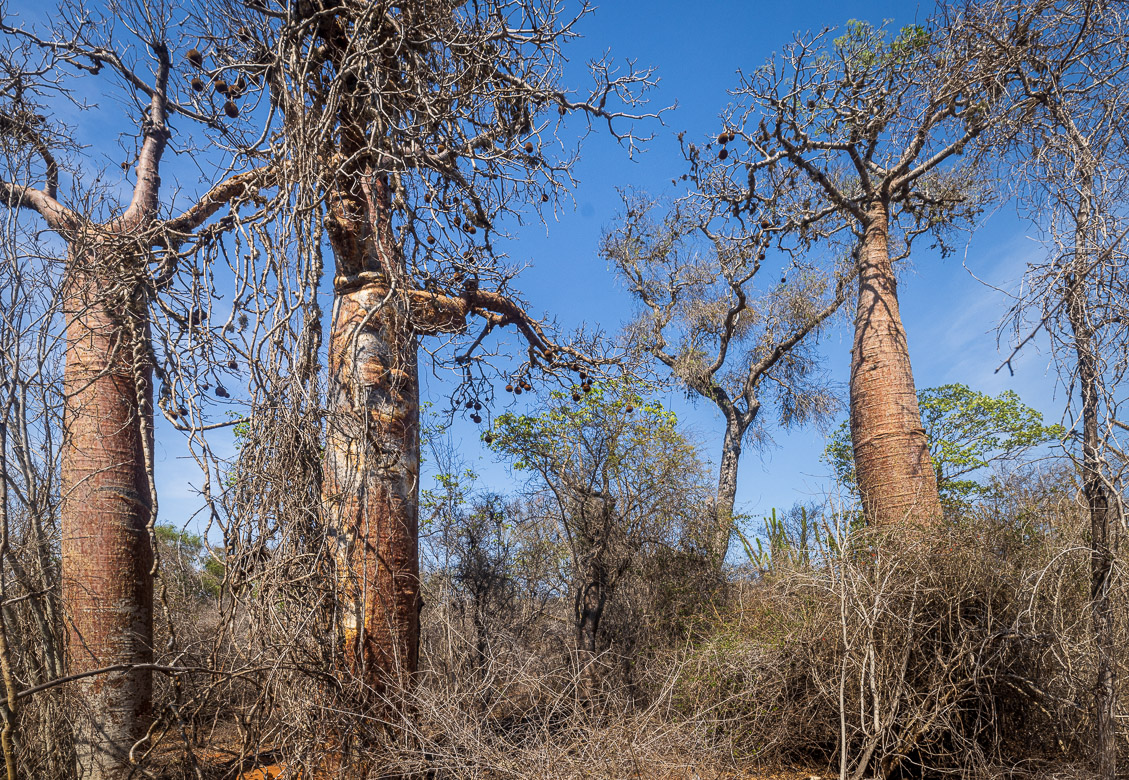
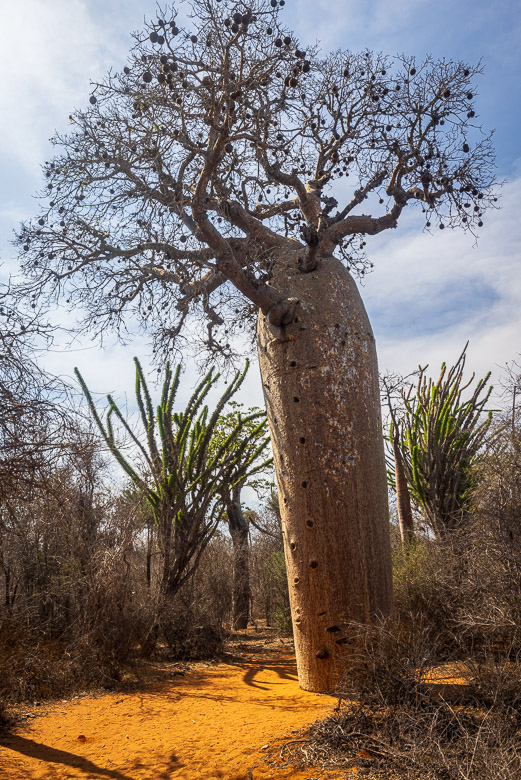
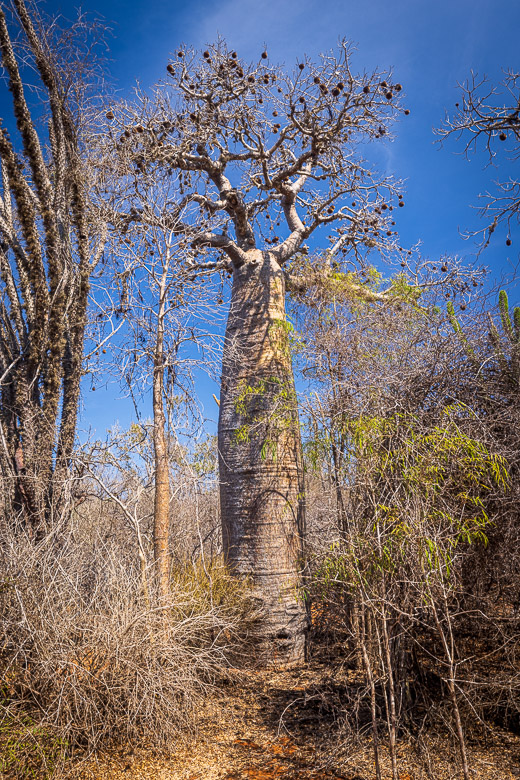
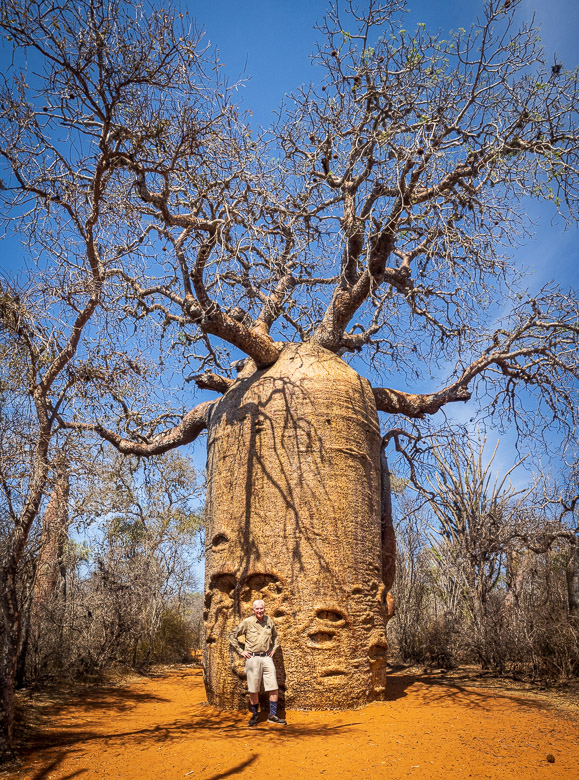
With this post my stories of Madagascar are finished. I will intersect with a couple of posts about the black and white villages where we live now (but as they are taken just now in winter time, I will publish more photos when the weather is warmer and the trees have some foliage). The following posts will provide a contrast and move us to a much colder part of the world: Northern Finland in January! It will be lots of snow, so put on your hat and gloves, when you look at those images!
